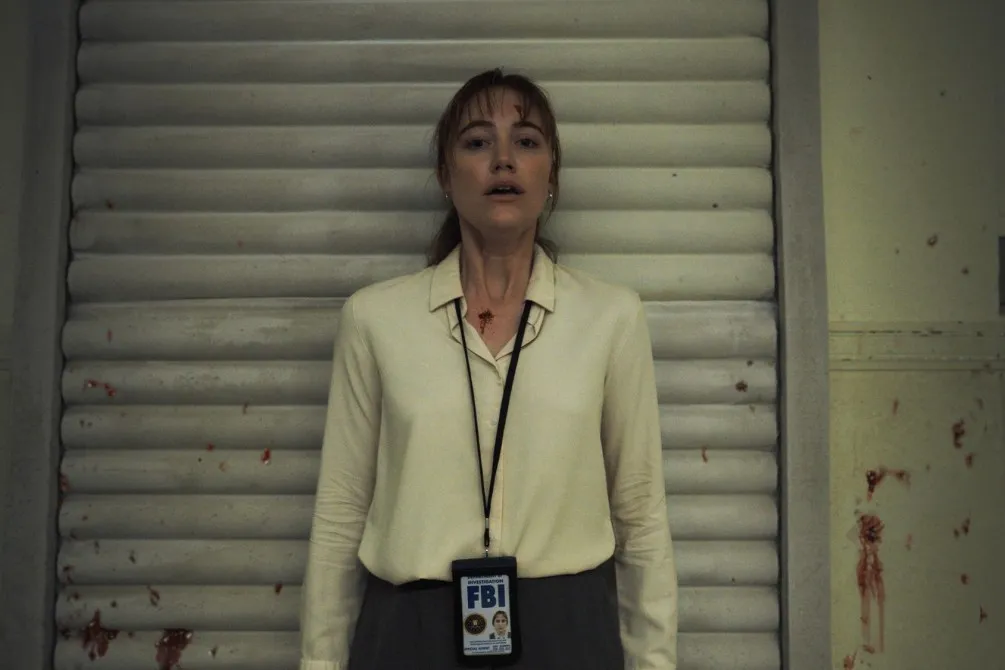Since the beginning of the broadcast news era, generations of Americans have gathered in front of their television sets, their ears and eyes tuned in to the distinctive voice and screen presence of Walter Cronkite as he presented them with nearly every major news story from the last half of the 20th century. From his emotional delivery of the news of former President John F. Kennedy’s assassination to his live, on-screen astonishment when Neil Armstrong walked on the moon, Cronkite bore witness to pivotal historical events, sharing these experiences with Americans everywhere. It is safe to say that most citizens are at least familiar with “the most trusted man in America” — they’ve invited him into their living rooms for decades.
But now, nearly a year after Cronkite’s death, the series of photos, reels and artifacts shown at the Lyndon B. Johnson Library exhibit, “Cronkite: Eyewitness to a Century,” not only illustrate a descriptive biography on Cronkite, but also shed a humanistic light on him, reminding viewers that while Cronkite’s list of achievements runs miles long, he was also a family man with ambitious dreams and a proud American who believed in democracy through journalism.
At the start of the exhibit, viewers are greeted with the most familiar image of the journalist — one on the television screen. With his unmistakable baritone voice booming, his grandfatherly figure gracing the life-size burnt orange television and a sense of nostalgia in the air, one could not help but feel at ease.
From a yellowed copy of The Daily Texan to the worn-in captain’s hat Walter Cronkite favored wearing while at the wheel of the America’s Cup defender, a 12-meter yacht named “Courageous,” viewers travel chronologically through his history.
Along the way, viewers discover that Cronkite was a meticulous man who had an eye for details. From a colorful drawing of a royal procession line, to a stopwatch Cronkite used to time his news story before going on air at CBS News, to an ink-filled notepad he used during his reporting in Vietnam, these personal artifacts reiterate the sense of seriousness and dedication Cronkite had for journalism.
The encased row of gleaming Emmy awards and the Presidential Medal of Freedom that President Carter honored Cronkite with in 1981 only partially commemorate Cronkite’s remarkable contribution to journalism and American history. It is the series of ongoing news reels of Cronkite’s reporting that genuinely highlight how grand it was for Cronkite to be at the center of it all.
Erin Purdy, associate director for communications for the Center for American History, said the foundation of the collection is from Cronkite himself. Almost every paper, artifact and photo came from Cronkite’s own collection, which was donated to the University’s Dolph Briscoe Center for American History before Cronkite passed away July 17, 2009.
Purdy said Cronkite was told about the exhibit a few months before his passing and that he was very pleased to hear the exhibit was happening.
Cronkite saved virtually everything from press badges to the typewriter he used while serving in the military, according to Prudy. The rest of the materials were donated by others, including correspondents, viewers, presidents and celebrities. Morley Safer, a close friend and colleague of Cronkite’s at CBS News, donated a good portion of Cronkite’s papers. His family donated more personal items to the collection, including Cronkite’s desk.
Though the exhibit is extensive, it is only the tip of the iceberg. “The collection is huge,” she said. “It was a painstaking process to choose.”
The process of assembling the exhibit began with Don Carleton, executive director of the Briscoe Center and the chief curator of the exhibit who also worked with Cronkite in writing the memoir “Conversations with Cronkite,” drawing up an outline with what he thought were the most important aspects of Cronkite’s life.
Carleton knew Cronkite was fascinated with space. “It was something that [was] meaningful to [Cronkite] personally,” Purdy said. Even after he retired, Cronkite applied to be one of the first civilians to experience space travel.
“There was no way to page through all the items,” Purdy said. “It would take years.” The team knew they were interested in focusing on certain stories such as the Vietnam era, Kennedy’s assassination and Cronkite’s relation with his alma mater.
The video segments that are played on television screens throughout the exhibit were then chosen based on how well they illustrated these stories.
“We could not tell the stories about Vietnam or Kennedy without [Cronkite’s] own broadcasting,” Purdy said.
Some materials were difficult to turn down as the team wanted to display every detail. For instance, before Cronkite dropped out of the University his junior year in 1935, he ran for vice president of Student Government. The team wanted to include an index-sized flyer Cronkite used for campaigning to highlight Cronkite’s leadership at the University, but chose not to because there wasn’t enough room.
“We were just trying to tell the best story we could,” Purdy said.
WHAT: Cronkite: Eyewitness to a Century
WHERE: The LBJ Library and Museum
WHEN: May 15, 2010 – January 3, 2011
TICKETS/ADMISSION: Free Admission and Parking
TIMES: Open Daily 9 a.m. – 5 p.m. (closed Christmas Day)














